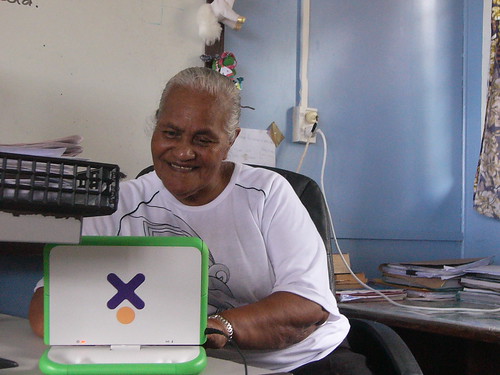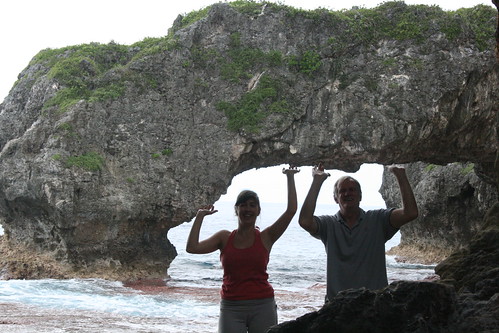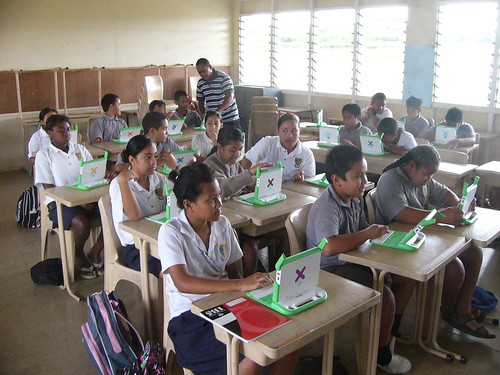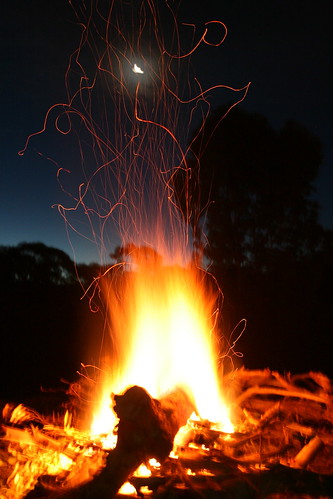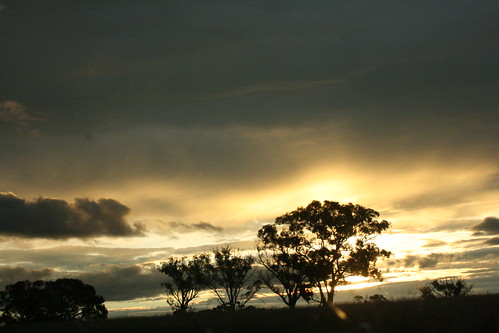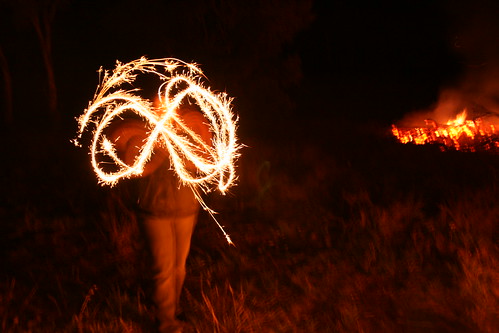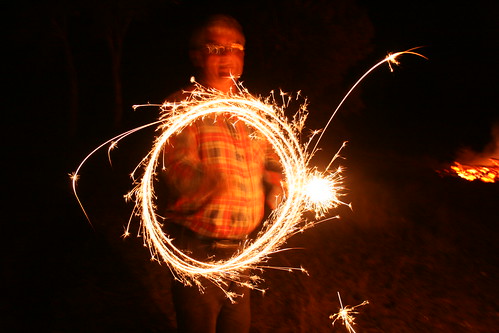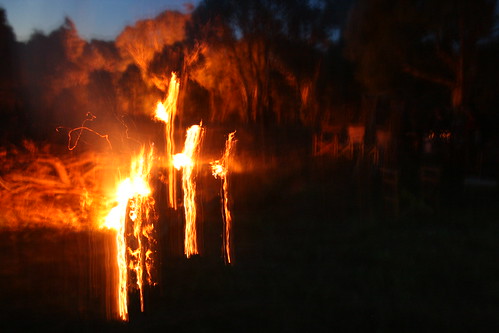Today I went to a talk by a great man, Noel Tovey, a 64yr old Australian Aboriginal man who has been through some of the most awful experiences you will ever hear. He shared his story, and how he overcame extreme adversity to become successful globally. He wrote a book a few years back called “Little Black Bastard“, and he read a little from the book which I will absolutely be going out to buy now. Anyway, it was awfully sad but inspiring at the same time. I spoke at the event about the OLPC project and how it might be both beneficial to disadvantaged communities, but also a way to get Australian Aboriginal cultural content out to children through the project.
Straight after that event I went and spoke on a panel about women in technology at… TechEd 🙂 It was pretty amusing to be there in a way. The other panelists were all Microsoft or Microsoft engrossed, and we all spoke about our careers, answered questions from the audience and just enjoyed being in a room full of women in the industry. It was good to get different perspectives particularly given how my experience is quite different from a typical IT career largely due to the awesome nature of the FOSS community, which went down pretty well. There were some good questions from the floor, and I spoke with one women from Malaysia afterwards for a while about the poor self-image of a lot of women in technology. It was a fascinating conversation and I learnt a lot 🙂
Good day, now to work late to catch up :/
